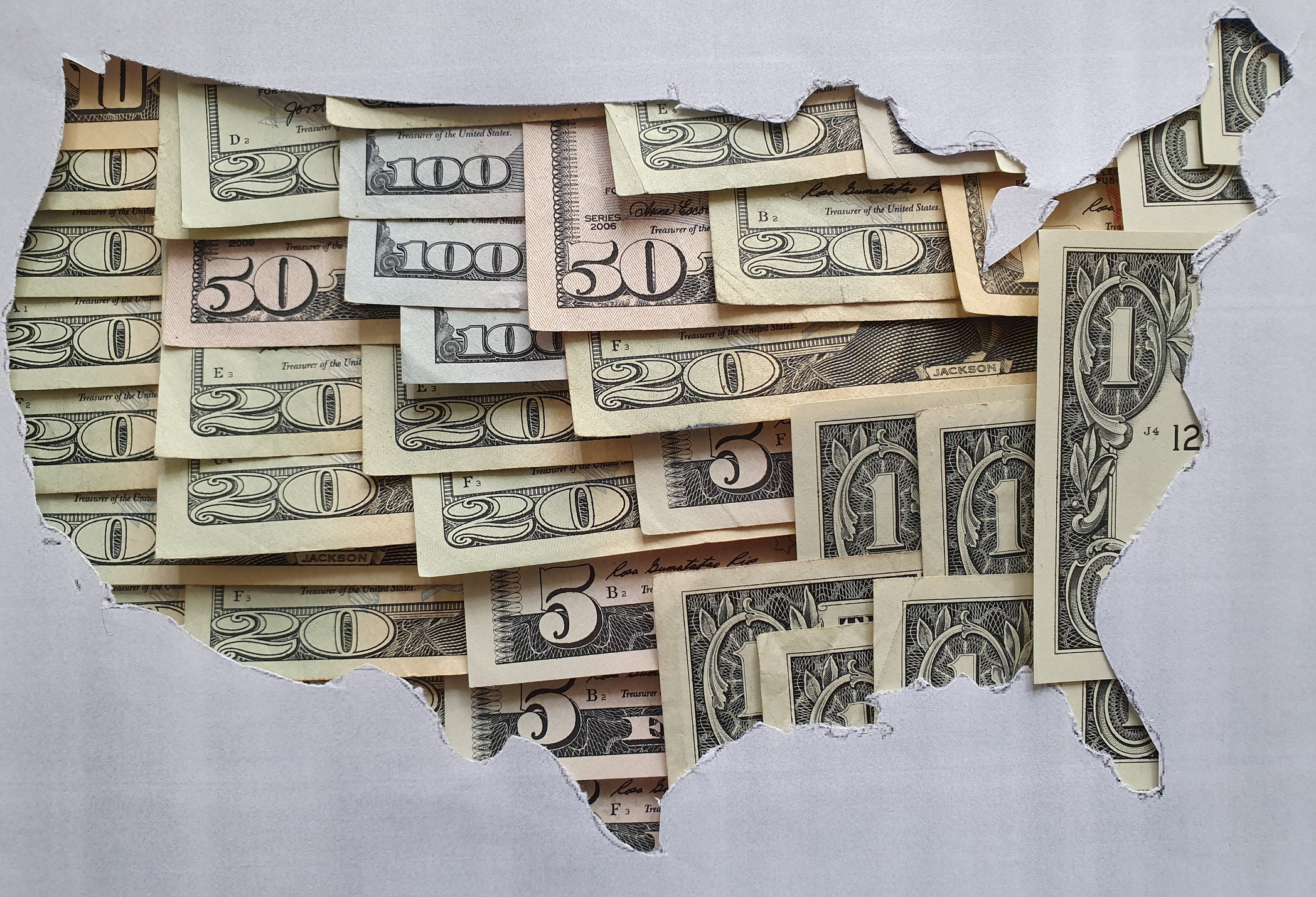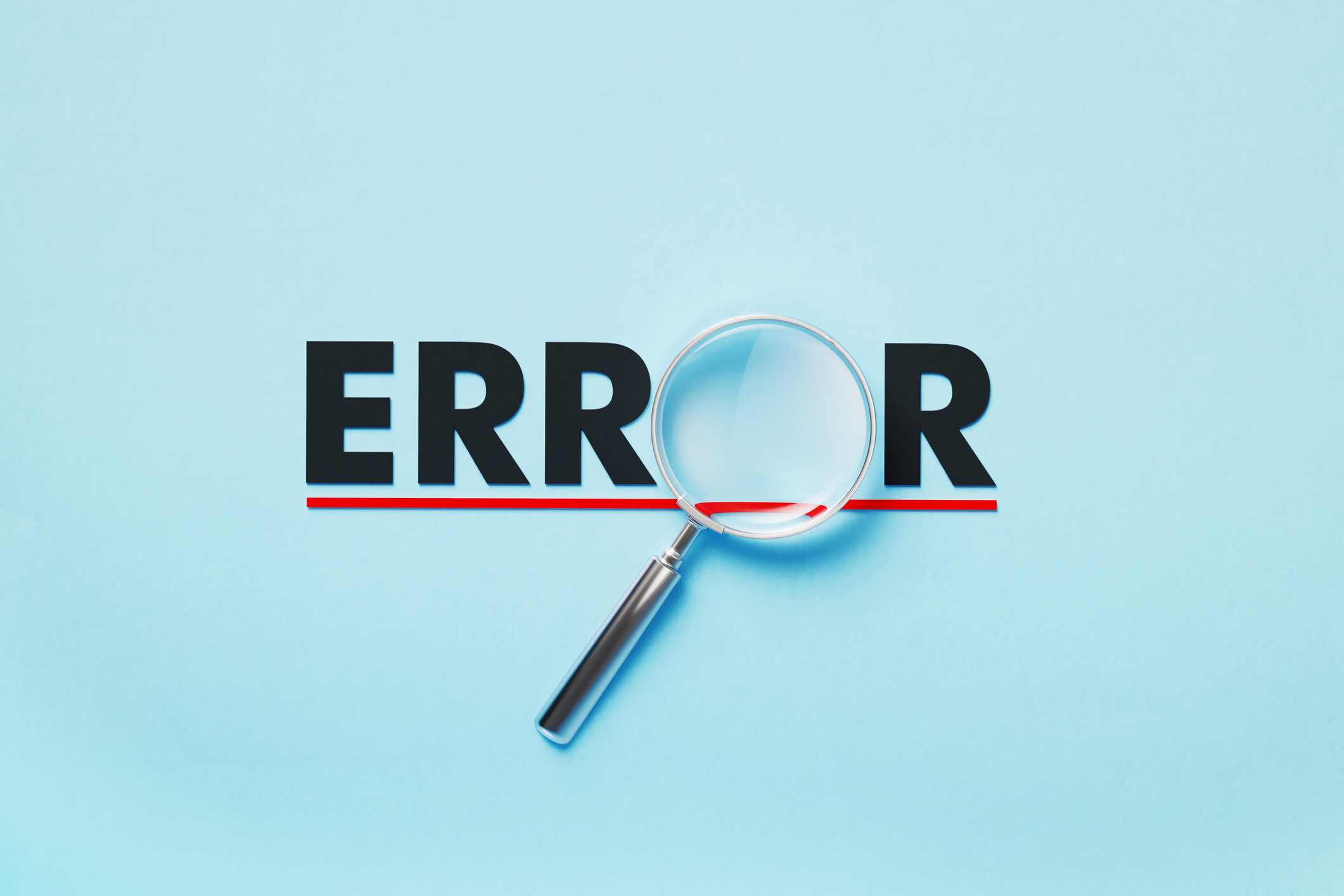The 'Food Tax': Grocery Tax by State
Also known as the ‘food tax,’ you’ll pay more for groceries in these states.


Gabriella Cruz-Martínez
Adding a "food tax" to the already high cost of groceries places an extra financial burden on many families.
According to the latest data from the Census Bureau’s ongoing Household Pulse Survey, some 18 million respondents said their households were food insecure at some point during the year. Another 6.8 million reported they had low food security due to insufficient money or resources for food.
Meanwhile, 29.7 million individuals reported their household had enough food, equal to 82.1% of the U.S. population.

Sign up for Kiplinger’s Free E-Newsletters
Profit and prosper with the best of expert advice on investing, taxes, retirement, personal finance and more - straight to your e-mail.
Profit and prosper with the best of expert advice - straight to your e-mail.
In some areas, the sales tax on groceries soars above 10%. That means some families are spending more than $10 on sales tax for every $100 of groceries they buy. Although most states have done away with the tax on groceries (at least at the state level), 10 states still tax food items.
(Note: Local sales tax may apply to groceries in some states that have exempted groceries at the state level.)
Food Tax
Why states tax groceries
Grocery taxes can provide significant revenue for states, often used (at least in part) to fund essential departments, such as education and transportation.
Of the 10 states that still tax groceries, less than a handful impose reduced rates.
Additionally, two recently states eliminated their grocery taxes — with one having repealed its tax this year.
- Some states offer a grocery tax credit that helps offset taxes paid throughout the year.
- Lawmakers in several states have introduced bills to reduce or eliminate taxes on groceries over the past few years.
Here are the states that still impose a statewide tax on groceries as of January 2025.
Alabama
Alabama still taxes groceries, but the state passed legislation that would reduce Alabama's grocery tax by 2%. The first 1% cut went into effect last September, reducing the state's tax rate from 4% to 3%.
The second 1% tax cut would have been imposed on Sept. 2024, according to the Alabama Policy Institute, but was not issued because target growth in the Education Trust Fund was not met. As of 2025, Alabama’s state grocery tax stands at 3%.
Overall, the food tax reduction doesn’t apply to local tax jurisdictions. So in areas where the local and combined sales tax rate is 10% (such as Montgomery), Alabama residents still pay a 9% tax when they visit the grocery store.
Arkansas
In Arkansas, the sales tax on groceries is reduced to 0.125%. This is the lowest tax rate of the states that tax groceries, and accounts for about $10 million in annual revenue.
That being said, the state does impose a 6.5% sales tax on most purchases outside of groceries.
Gov. Sarah Sanders said in her State of the State address that she wanted lawmakers to eliminate the grocery tax. However, no set plan has been set as to how to achieve the proposal.
A bill to eliminate this "food tax" was introduced two years ago, but it never passed the Arkansas House or Senate.
Hawaii
Although Hawaii doesn’t technically have a sales tax, the state does have an excise tax, which is passed to consumers and reflected in retail prices. This tax applies to groceries. The tax rate averages 4% in Hawaii, according to Tax Foundation data.
However, eligible residents may claim a Hawaii grocery tax credit to help offset the tax on groceries. There are several requirements for claiming the state's grocery tax credit, and federal adjusted gross income (AGI) is a factor.
For the previous tax year, single filers with an AGI of $40,000 or more ($60,000 for joint filers) couldn’t claim the credit. Additionally, those listed to claim the credit including yourself, your spouse or dependents must have been present in Hawaii for more than nine months in 2024 to be eligible.
Idaho
Idaho taxes groceries at the full 6% state sales tax rate. However, the state offers a grocery tax credit. The refund averages $120 for most Idaho residents, according to the Idaho State Tax Commission.
Idahoans may also receive a credit for each qualifying dependent. Part-year residents may receive a partial tax grocery tax credit.
Illinois
Some Illinois taxes increased in July, including the state’s sales tax on groceries. However, Illinoisans won't have to worry for long. On Aug. 5, 2024, Illinois Gov. J.B. Pritzker signed legislation repealing the state grocery tax on items meant to be consumed off-premises.
Starting January 1, 2026, Illinois will eliminate the 1% sales and use grocery tax on food for human consumption. The tax break doesn't include alcoholic beverages, foods infused with adult-use cannabis, soft drinks, candy, or food prepared for immediate consumption.
Still, local governments will have the option of imposing the 1% tax by ordinance.
This isn't the first time Illinoisans have had tax-free groceries. The state temporarily rolled back its 1% rate on food tax for one year, which ended on July 1, of last year.
The expiration of the grocery tax suspension came at a bad time for many state residents since Illinois increased its already high gas tax the same day along with several other states that increased gas taxes on July 1.
Mississippi
Mississippi currently has the highest-taxed groceries in the U.S. The state taxes essential food items at the regular 7% tax rate. A bill was passed in January that would reduce the tax to 2.5% by 2036, decreasing by 0.2% annually. Still, some lawmakers are unsure whether lowering grocery taxes will support revenue growth.
Separately, efforts to reduce the state’s income tax have also been successful. As a result, some Mississippians began paying less income tax last year.
Missouri
Missouri is another state with a reduced tax on groceries. The state currently imposes a 1.225% tax, down 3% from 4.225%, but cities and counties can charge their own sales tax rates.
Local tax rates alone can exceed 8% in some areas of the state, according to the Tax Foundation.
According to local reports, some Missouri lawmakers are considering eliminating the grocery tax to support low-income families. However, the tax alone gathered $1 billion in revenue during fiscal year 2024. That’s pushed other lawmakers to consider gradually reducing state sales over several years.
No concrete proposals have been pushed forward, so for now Missourians are stuck with grocery taxes.
South Dakota
A four-year “tax holiday” reduces South Dakota’s sales tax rate, including the tax on groceries, from 4.5% to 4.2%. This temporary tax cut took effect on July 1, 2023.
Some South Dakota lawmakers want to repeal the state’s grocery tax, but efforts have so far failed. Voters had the chance to decide on the measure during the 2024 Election, however, they turned down the opportunity to repeal the tax.
Tennessee
Tennessee’s tax on groceries is 4%, but local jurisdictions can add up to 2.75% in local sales taxes.
Two years ago, state residents received a three-month break from the state-wide sales tax on food ending in October. WKRN reported that Tennessee families were able to save at least $100 during the three-month break for tax-free groceries. If the state eliminated its 4% tax rate on grocery items, the average family could save up to $400 annually.
Utah
Although the state’s portion of the grocery tax is 1.75%, Utah residents are charged a 3% tax on groceries statewide. A bill passed by lawmakers would eliminate the 1.75% state portion of the tax.
However, for this change to take effect, voters had to approve the measure in November 2024. The ballot measure failed, as education leaders cited concerns that the lack of grocery taxes would impact education funding.
States that recently eliminated grocery tax
Kansas
Kansas eliminated the grocery tax in January 2025. This comes after gradually reducing the tax over the past year.
Kansas grocery tax was 2% (reduced from 4%) last year, but the reduction did not apply to local tax rates.
For more information, see Kansas Food Tax Cut: How Much Will You Save?
Oklahoma
Oklahoma eliminated its 4.5% statewide grocery tax on August 29, 2024. According to state lawmakers, each family could save as much as $648 a year once the tax cuts are enacted.
Still, Oklahomans are not entirely off the hook. Grocery shoppers can expect to pay a sales tax on some items since the tax cut doesn't include all foods. For more information see Why You'll Still Pay Oklahoma Grocery Tax.
Local sales taxes, as high as 7% in some areas, will still apply once the Oklahoma grocery tax cut takes effect.
Get Kiplinger Today newsletter — free
Profit and prosper with the best of Kiplinger's advice on investing, taxes, retirement, personal finance and much more. Delivered daily. Enter your email in the box and click Sign Me Up.

Katelyn has more than 6 years of experience working in tax and finance. While she specialized in tax content while working at Kiplinger from 2023 to 2024, Katelyn has also written for digital publications on topics including insurance, retirement, and financial planning and had financial advice commissioned by national print publications. She believes knowledge is the key to success and enjoys providing content that educates and informs.
- Gabriella Cruz-MartínezTax Writer
-
 Which Stores Are Closing (and Which Aren’t) for Easter 2025?
Which Stores Are Closing (and Which Aren’t) for Easter 2025?Dozens of major retailers are planning to close their doors on April 20. Find out which of your go-to stores are on the list.
By Rachael Green Published
-
 What 401(k) Savers Near Retirement Can Do Amid Market Volatility
What 401(k) Savers Near Retirement Can Do Amid Market VolatilityWhether retirement is years away, a year or two out, or in the rearview mirror, here's how to handle uncertainty in your 401(k).
By Donna Fuscaldo Published
-
 Free IRS Tax Filing for 30 Million People: Will It Continue Under Trump?
Free IRS Tax Filing for 30 Million People: Will It Continue Under Trump?Tax Filing Direct File was piloted last year in 12 states and has since expanded to 25. But some wonder whether the program will last under the Trump administration.
By Gabriella Cruz-Martínez Last updated
-
 How Caregivers for Adults Can Save on Taxes in 2025
How Caregivers for Adults Can Save on Taxes in 2025Tax Breaks Caring for your parent or spouse can be stressful, but the IRS offers tax breaks for qualifying taxpayers. Here they are.
By Kate Schubel Published
-
 U.S. Treasury to Eliminate Paper Checks: What It Means for Tax Refunds, Social Security
U.S. Treasury to Eliminate Paper Checks: What It Means for Tax Refunds, Social SecurityTreasury President Trump signed an executive order forcing the federal government to phase out paper check disbursements by the fall.
By Gabriella Cruz-Martínez Published
-
 IRS Layoffs Spark Delays, Doubt This Tax Season
IRS Layoffs Spark Delays, Doubt This Tax SeasonTax Season Tax experts say Trump’s downsizing of the IRS is already causing problems.
By Gabriella Cruz-Martínez Last updated
-
 States with the Highest Income Tax Rates for Retirees
States with the Highest Income Tax Rates for RetireesState Tax You may reconsider living and retiring in one of these states due to high taxes.
By Kate Schubel Last updated
-
 AI Tax Scams Target Middle and Older Adults: What to Know
AI Tax Scams Target Middle and Older Adults: What to KnowScams Whether you’re a retiree or Gen Z, scammers can gouge big financial losses with the help of artificial intelligence.
By Kate Schubel Published
-
 Tax-Deductible Home Improvements for Retirement in 2025
Tax-Deductible Home Improvements for Retirement in 2025Retirement Taxes Your aging-in-place plan could benefit from the medical expense tax deduction. But watch out for capital gains and property taxes.
By Kate Schubel Published
-
 Don’t Make These Five Mistakes on Your Tax Return
Don’t Make These Five Mistakes on Your Tax ReturnTax Filing The IRS warns taxpayers to watch out for these common errors as they prepare to file.
By Gabriella Cruz-Martínez Published